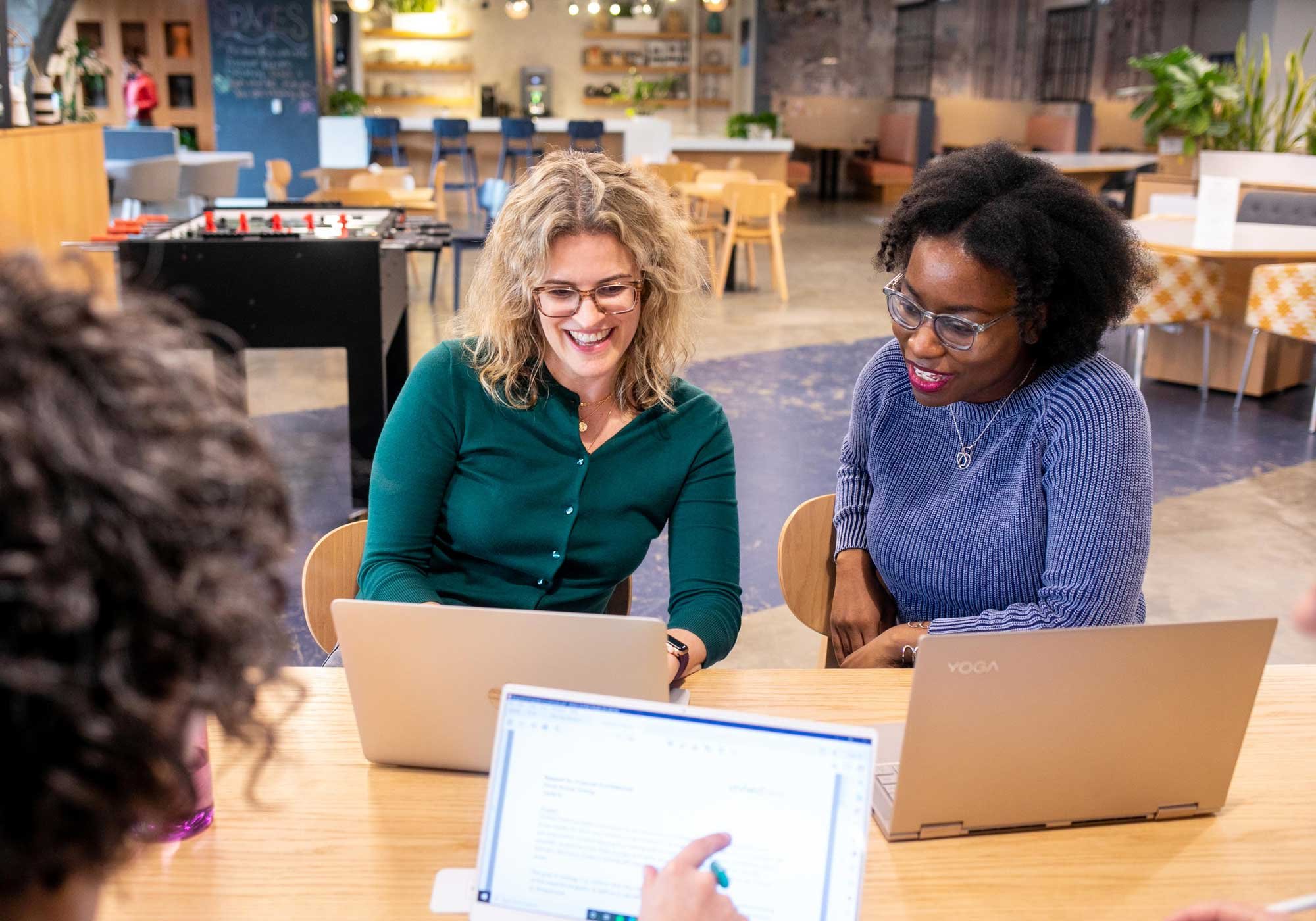
A space for our community to learn alongside us
Insights | Publications | Tools
The latest from our team
Numbers Aren't Everything: 6 Things to Know About Qualitative Data
While there is often a bias toward quantitative data, numbers aren’t everything. I love the complexity and nuance revealed through qualitative data. Because qualitative data is open-ended, it helps you understand peoples’ thoughts and experiences in their own words–this can reveal interesting, profound, funny, and unexpected insights that would be lost in quantitative methods.
Sharing Summertime Inspiration from Kera Collective
With summer comes travel and adventure. Take a breather with us and see what we have been reading and doing!
Why Museums Should Embrace “Lived History”
There is a beauty in seeing history that is actively lived in, structures that are actively used rather than sitting behind a glass wall in a museum, tethered away from the lands where they were constructed.
Why Visiting a Museum Exhibition is More like Taking a Hike than Reading a Book
Too often, I see that exhibitions are developed in a way that assumes visitors will experience them like a book. However, results from hundreds of summative exhibition evaluations tells me that visiting an exhibition is more analogous to taking a hike than reading a book. Here are four ways museum visitors experience exhibitions like hikes rather than like books.
Welcome to the Kera Collective Coffee Break!
Hi everyone! We are grateful to have you here. This kicks off our first-ever "coffee break" newsletter, where we'll share with you what our staff is reading and pondering each month, with a few "surprise & delights" along the way. Thank you for joining us! Grab your favorite mug, and dive on in.
BIG NEWS! RK&A is now Kera Collective
Over the last two years, we galvanized around a refreshed approach and believed this should be reflected by a new name and look. We worked with the talented and inspiring women at Wild Awake Creative to develop the Kera Collective identity so that it reflects who we have come to be and what we see for our future.
Five Welcome Changes to Embrace in 2022
As we begin 2022, nearly two years since the pandemic began, what I’m most struck by is that the world I operate in is a fundamentally changed one.
Lessons Learned: Understanding DEAI as a Daily Practice
As we look toward 2022 and beyond, many museums are working to implement their new or existing missions, values, and initiatives that embrace and foreground diversity and inclusion.
Relevance Revisited: A Postscript
As we exit 2021, I’m reflecting back on where I began the year, when I noted that “in 2020, the museum field as a whole showed itself to be out of step with society. . . [and] irrelevant.” At that time, I had begun having regular conversations with Emlyn Koster, a thought leader with three decades of experience as a nature and science museum CEO.
Imagine: Museums Engaging with the Issues of an Anxious World
In her new Centering the Museum anthology, Elaine Gurian recalls our joint 2003 article that began: “Consider a world in which every museum, as either an extension of its mission or as its raison d’être, is geared to respond to contemporary events and issues” Imagining the future of museums has never been a more pressing need.
The Significant Loss of Museum Educators in 2020: A Data Story
Using data collected from museum educators, Stephanie and Amanda document and contextualize what they consider incongruous, detrimental impacts on museum education due to the COVID-19 pandemic.
How Can Education Programs Help Bridge the Digital Divide?
Ebony Bailey and Kerry Sautner explore how museums sought to address the digital divide made deeper by the pandemic, and how ongoing commitment to access, equity, and partnerships allowed educators to shift in new ways to support their regular audiences.
IRB 101: What types of human subjects research are exempt from IRB?
This post will help you determine—if indeed you are conducting human subjects research—whether it is exempt from IRB review.
Gen Z are Values-driven: What does this mean for Cultural Institutions?
Gen Z is values-driven and cultural institutions will have to put their values at the forefront in order to connect with and engage directly with this generation.
When Disaster Strikes: Assistance by Museums Nearby
Emlyn recalls how Liberty Science Center, located across the lower Hudson from Manhattan and where he was President & CEO from 1996-2011, assisted the next-of-kin and surrounding community in the aftermath of the terrorist attacks on the World Trade Center on and after September 11, 2001.
IRB 101: What is (and isn't) human subjects research?
This third post defines criteria for human subjects research by breaking down the term “human subjects research.”
Gen Z are Identity Crafters: What does this mean for Cultural Institutions?
As cultural institutions pivot towards serving this generation of visitors, it seems like a particularly salient time to query how this change in demographics might affect strategy, planning, and outreach for visitor engagement.
IRB 101: Risks to Research Participants
In my first post in this IRB 101 series, I described what IRBs are and why they exist. IRBs exist to protect research participants. In this second post, I focus on risks to research participants.
How Museums Can Nurture Diverse Talent
A discussion between SLAM’s Chief Diversity Officer and Fellowship Director, Renée Brummell Franklin, and Kera Collective Founder Stephanie Downey.
IRB 101: What are they? Why do they exist?
My hope in leading the IRB 101 workshop and writing these posts is to help others overcome their nervousness about IRBs. Let’s start with a shared, foundational understanding of IRB.




















